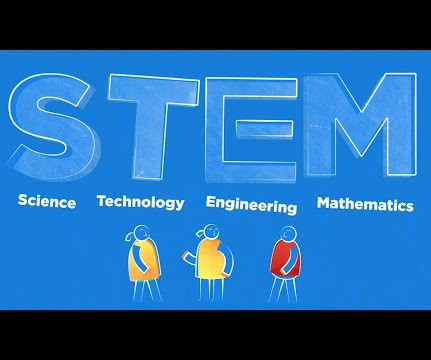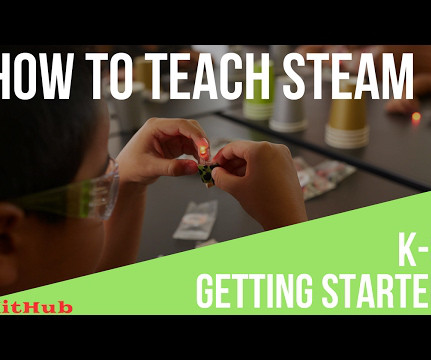Left-brain or Right-brain Dominant? Explore the Ideal Subjects to Nurture your Strengths
Ask a Tech Teacher
NOVEMBER 10, 2023
This field requires strong analytical skills and a deep understanding of mathematical concepts. Information Technologies Information technologies involve the use of computers and software to manage and process information. You can pursue a career as a scientist, researcher or science educator.












Let's personalize your content